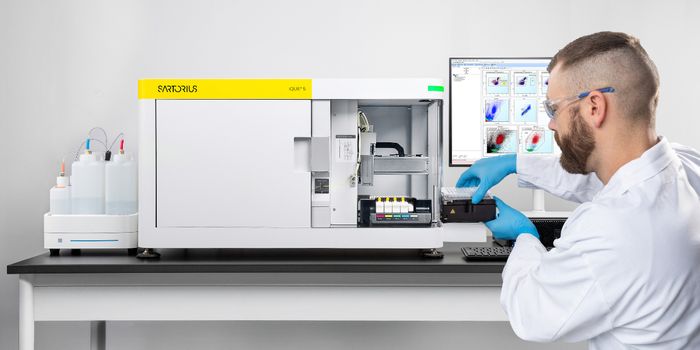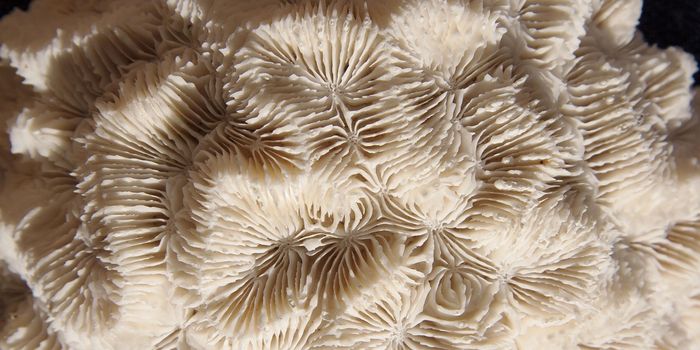T Cells: Naughty or Nice?
In 1961, Jacques Miller discovered the function of the thymus, a lymphatic organ that houses important immune cells as they grow and expand. As part of his Ph.D. thesis research, Miller studied the thymus, which, at the time, scientists considered a vestigial organ, having no function in current human biology.
Miller removed the thymus of young mice expecting them to become resistant to virus-induced lymphocytic leukemia, cancer that begins in the thymus and spreads to other parts of the body. Instead, he saw that thymectomized mice became very sick and concluded that the thymus played an essential role in early life and health.
Miller, along with another scientist Graham Mitchell, later identified that the thymus housed a type of immune cell distinct from the immune cells derived from bone marrow. The thymus-derived cells, now known as T cells, play an integral part in the immune response. Since these initial discoveries, scientists have identified many subsets of T cells with diverse roles in the immune response and, specifically, in anti-tumor immunity.
Recent advances in immunotherapy rely heavily on understanding the various roles of T cells, including those that promote cancer growth and those that fight cancer. So, what do all these different T cells do for our immune system?
Luckily, we have decades of research from brilliant men and women who have characterized the specific roles of many T cell subsets. Some fight cancer and others help cancer grow. In honor of the Christmas holiday today, and Santa’s recent visit, let’s see where some kinds of T cells fell on Santa’s ‘Naughty’ and ‘Nice’ list.
Waking Up to Find Presents Under the Tree:
Cytotoxic T lymphocytes- The first subset of T cells to make the Nice list for their anti-cancer functions are cytotoxic T lymphocytes (CTLs). Also known as “killer” T cells, CTLs live up to their moniker as they identify and kill cancerous cells. High numbers of CTLs confers a positive prognosis in some types of cancer.
Helper T cells- The Nice list continues with another important T cell subset called helper T (Th) Th cells get their name because they “help” stimulate other immune cells to generate the anti-tumor immune response. These cells fight cancer indirectly by providing cytokines and additional immune support to cells, including CTLs and dendritic cells.
Finding a Stocking Full of Coal:
Regulatory T cells- Possibly the most prominent of the T cells known to promote cancer are regulatory T cells, known as Tregs. Under normal circumstances, Tregs provide an essential function; they keep the immune system from becoming over-active. Without Tregs to keep our immune system in line, we could experience autoimmune reactions causing damage to healthy tissue. However, in the cancer setting, Tregs suppress the anti-tumor immune response. Tregs can make it easier for cancer to progress and hinder the efficacy of certain therapeutics.
Sources: Cell Death & Differentiation, Nature (1959), Nature (1967), Cellular & Molecular Immunology, Cancers, Science, Cancer Sci









